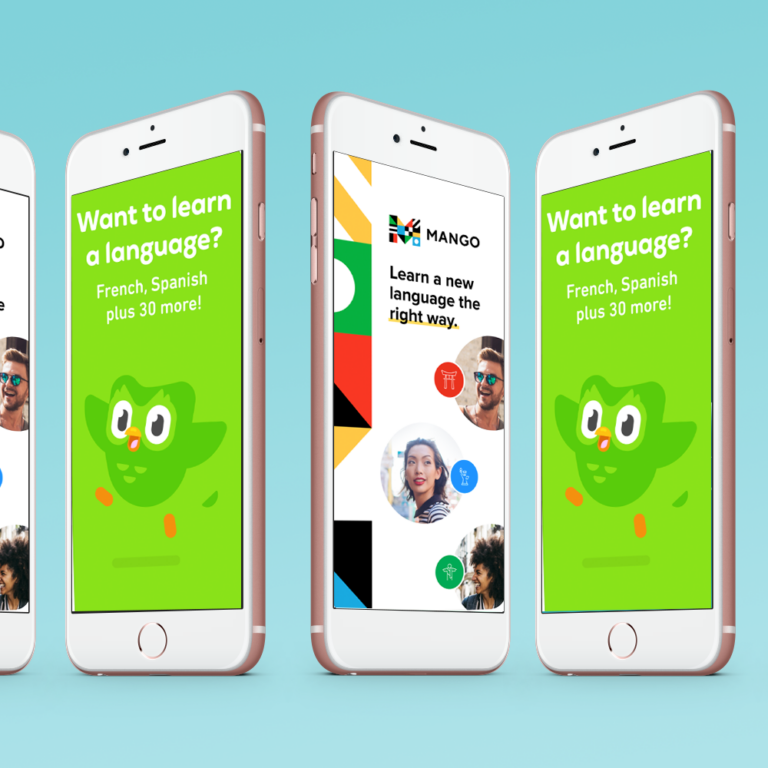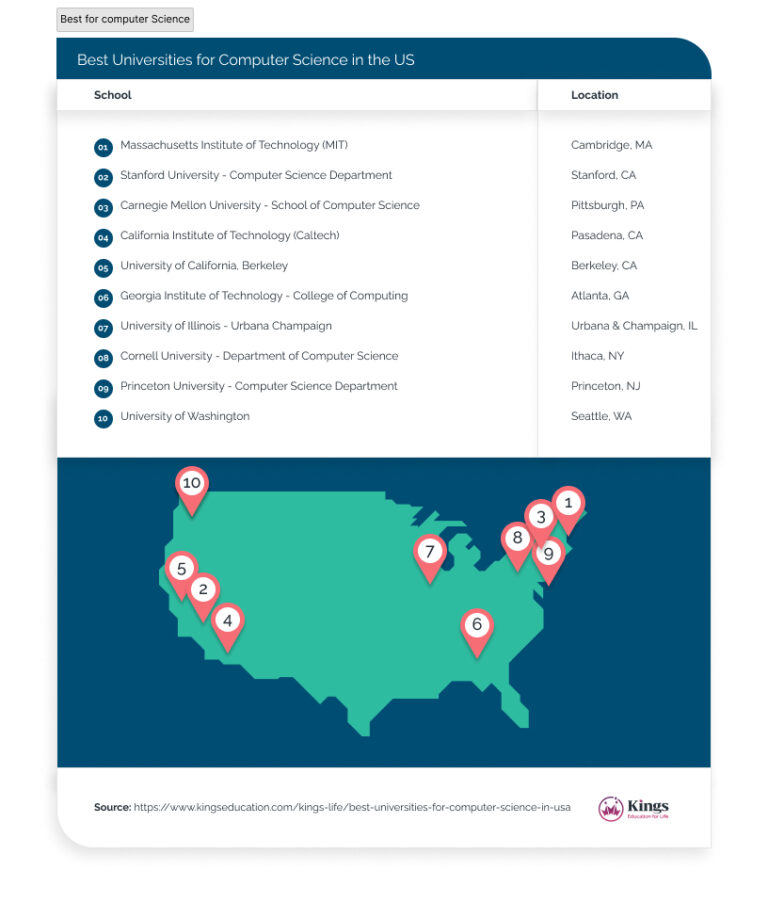Trends in International Education Exchanges: Shaping the Future of Global Learning
In an increasingly interconnected world, international education exchanges have become a vital tool for fostering cross-cultural understanding, enhancing academic collaboration, and preparing students for global careers. Over the years, these exchanges have evolved, influenced by technological advancements, shifting educational priorities, and changing political climates. Today’s trends in international education exchanges are not only about studying abroad for a semester they encompass virtual exchanges, short-term programs, and a growing focus on diversity and inclusion. This article explores the key trends shaping international education exchanges, offering valuable insights for students, educators, and institutions looking to engage in this exciting and dynamic aspect of global education.
Virtual Education Exchanges: Bridging Borders in a Digital World
One of the most significant trends in international education exchanges is the rise of virtual exchange programs. With the advancements in technology, students can now engage in cross-cultural learning experiences without leaving their home countries. Virtual exchanges typically involve collaborative projects, online courses, and cultural activities that connect students from different parts of the world. These exchanges offer a cost-effective and flexible alternative to traditional study abroad programs, making international learning more accessible. Virtual education exchanges are particularly appealing in light of the global pandemic, as they allow for continued cultural exchange and academic collaboration despite travel restrictions.
Many universities and institutions are incorporating virtual exchange programs into their curricula, allowing students to interact with peers from different countries, share ideas, and participate in joint academic projects. Platforms like Global Classrooms and eLanguages are facilitating these exchanges, making it easier for students to connect and learn together online. Virtual exchanges also allow students to develop skills such as digital literacy, global communication, and cross-cultural collaboration, which are increasingly valuable in today’s globalized job market.
Short-Term and Flexible Study Abroad Programs: Expanding Opportunities for Students
While long-term study abroad programs remain popular, short-term exchanges are becoming an increasingly viable option for students seeking international experience. These programs typically range from a few weeks to a few months and are designed to offer focused academic content, cultural immersion, or professional development. The appeal of short-term exchanges is clear: they allow students to gain international experience without committing to an entire academic year abroad.
Short-term programs also cater to a wider variety of students, including those with time constraints due to internships, jobs, or other commitments. These programs often include internships, language courses, or volunteer opportunities, which allow students to gain hands-on experience while engaging in a global learning environment. Institutions are also offering more flexibility in terms of start dates and duration, allowing students to choose programs that fit their schedules.
Increased Focus on Diversity and Inclusion in Exchange Programs
Diversity and inclusion are at the forefront of international education exchanges in 2025 and beyond. Educational institutions are placing greater emphasis on ensuring that exchange programs are accessible to students from all backgrounds, including those from underrepresented groups. This shift aims to break down barriers—whether financial, social, or cultural—that traditionally limit access to study abroad opportunities.
Programs are now being designed with a focus on equitable participation, offering scholarships, financial aid, and support for students with disabilities or from low-income backgrounds. Additionally, there is a growing effort to ensure that the content and experiences within these exchanges are inclusive, reflecting the diverse cultures and perspectives of participants. This trend helps create more balanced and representative global learning experiences, ensuring that all students have the opportunity to gain the benefits of international exposure.
Hybrid Exchange Programs: Combining Online and In-Person Learning
Hybrid exchange programs, which blend online learning with in-person experiences, are emerging as a flexible and innovative option for international education exchanges. These programs typically involve online coursework or collaboration with international peers, followed by a short-term in-person exchange or immersion experience in the host country. Hybrid programs offer the best of both worlds: students gain academic knowledge and intercultural skills virtually, while also benefiting from the real-world experiences that come with spending time abroad.
This approach not only makes international learning more accessible to students who may not have the resources or time for long-term study abroad programs but also offers universities the ability to scale their exchange programs and reach a larger pool of students. Hybrid programs are particularly useful for students who want to gain international experience in a structured format that combines the flexibility of online learning with the richness of in-person cultural immersion.
Growing Partnerships Between Universities: Facilitating International Collaboration
Another trend in international education exchanges is the increasing number of partnerships between universities and academic institutions worldwide. These partnerships are designed to facilitate more structured and seamless student exchanges, ensuring that students have access to a broader range of opportunities. Many universities are entering into bilateral or multilateral agreements with institutions in different countries, allowing students to transfer credits easily, participate in joint research projects, and benefit from the resources of multiple institutions.
These partnerships also extend beyond student exchanges to include collaborative research initiatives, faculty exchanges, and shared educational resources. By forming global partnerships, universities are expanding their international networks and fostering greater academic collaboration, which benefits both students and educators. This trend is enhancing the global reach and impact of educational programs, promoting a more interconnected world of academic and professional development.
Frequently Asked Questions (FAQs)
1. What are virtual education exchanges, and how do they work?
Virtual education exchanges are online programs that connect students from different countries to collaborate on academic projects, participate in courses, and engage in cultural activities. These exchanges allow for global learning without the need to travel, offering a flexible and cost-effective alternative to traditional study abroad programs.
2. How can short-term exchange programs benefit students?
Short-term exchange programs allow students to gain international experience without committing to an entire academic year abroad. These programs typically focus on specific academic subjects, internships, or cultural immersion, providing students with valuable experiences in a shorter time frame.
3. How are universities making exchange programs more inclusive?
Many universities are offering scholarships, financial aid, and support for students from underrepresented backgrounds, including those from low-income families or with disabilities. These efforts aim to make international education more accessible to a diverse range of students.
4. What are hybrid exchange programs?
Hybrid exchange programs combine online learning with in-person experiences. Students participate in virtual coursework or collaboration with international peers before engaging in short-term, in-person exchanges in the host country.
5. Why are university partnerships important for international education?
University partnerships facilitate easier student exchanges, collaborative research, and academic cooperation between institutions worldwide. These partnerships create more opportunities for students to participate in global learning experiences and ensure a seamless exchange process.



